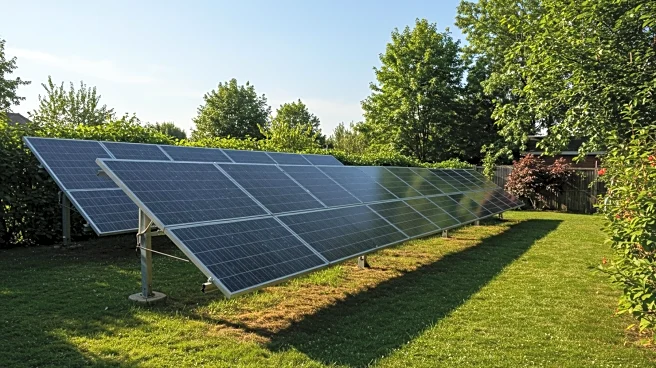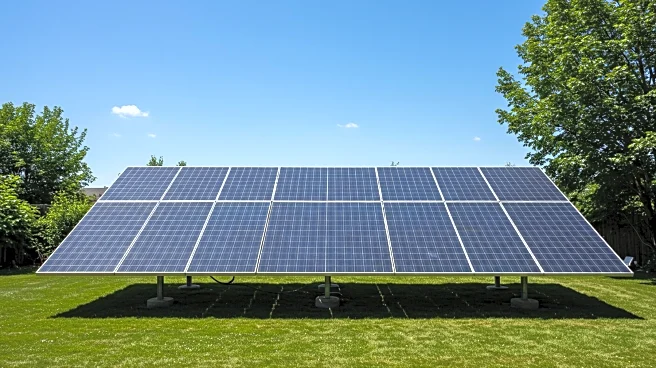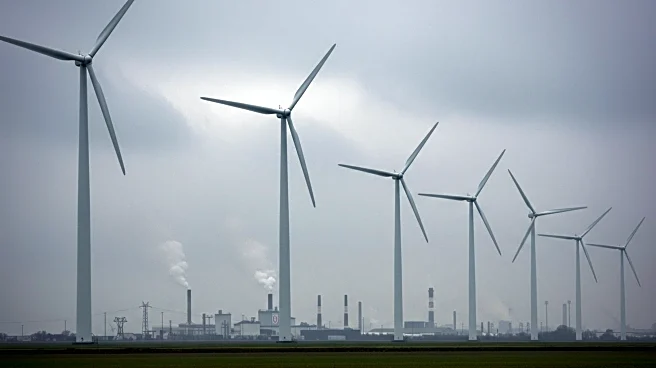Rapid Read • 7 min read
A recent study conducted by the U.S. Department of Energy's National Renewable Energy Laboratory and the American Solar Grazing Association has revealed a substantial increase in solar grazing practices across the United States. The 2024 Solar Grazing Census found that over 113,000 sheep grazed on 129,000 acres of land beneath solar panels. This practice, known as agrivoltaics, combines solar energy production with agriculture, allowing farmers to use the land under solar panels for grazing animals. The study highlights the mutual benefits of solar grazing, including land maintenance, animal nourishment, and environmental support through biodiversity and pollinator-friendly habitats. The growth in solar grazing is attributed to the rise in installed solar capacity, offering farmers financial stability and contributing to environmental protection.
AD
The expansion of solar grazing represents a significant step towards integrating renewable energy with traditional agriculture, providing economic and environmental benefits. Farmers gain a steady income by leasing land to solar companies, while the practice supports biodiversity and ecosystem balance. This development is crucial for advancing sustainable farming practices and promoting renewable energy adoption. The financial incentives for farmers and the environmental advantages make solar grazing a promising model for future agricultural and energy collaborations. As solar capacity continues to grow, more communities can benefit from the dual advantages of agrivoltaics, potentially leading to healthier soil, improved crop yields, and enhanced local ecosystems.
The National Renewable Energy Laboratory and the American Solar Grazing Association plan to continue monitoring the evolution of solar grazing in the U.S. This ongoing research will help track the progress and expansion of agrivoltaics, providing valuable insights for farmers, solar companies, and policymakers. As the practice gains popularity, it may lead to increased investment in solar infrastructure and further integration of renewable energy with agriculture. The continued growth of solar grazing could inspire similar initiatives in other regions, fostering a broader adoption of sustainable energy practices.
AD
More Stories You Might Enjoy










